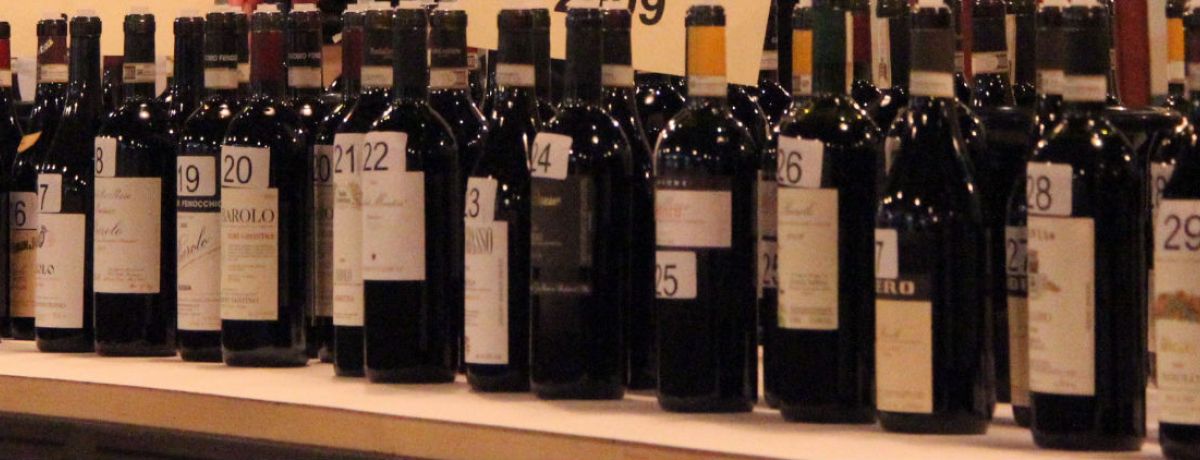Choosing the right bottle

How, faced with the array of bottles in a wine store, do you pick the right one off the shelf? Here are few random but specific suggestions:
Decide on a price bracket and stick to it, but it can be worth spending at the top of that bracket. In the UK, the relatively high taxes and duties levied on a bottle of wine mean that at the lowest price levels, very little of the retail price can be apportioned to the wine itself. By spending a little more, one should be rewarded with a considerably better wine, as a greater proportion of the bottle’s retail price goes to the wine producer. This works only up to a point; at prices over about £15 a bottle the relationship between price and quality is less closely correlated.
Take a look at special offers. In today's competitive marketplace, heavily scrutinised by a bevy of wine critics, these bargains are almost certainly there to lure you into the shop, or make you aware of a new wine rather than to offload rubbish. But, unfortunately, few of the most interesting wines feature in these promotions. Beware the ‘half price’ deals offered by many of the major supermarkets, as these wines were almost certainly never worth their supposed full retail price.
If possible, pick a bottle that has been on its side, and has not obviously been kept anywhere the temperature may have varied considerably. Avoid bottles which have been standing upright in strong light (although supermarkets turn their stock over so fast this is not usually a problem and better specialist stores have a policy of constantly changing the one representative bottle from a horizontal lot that is stood upright). Be wary of bottles which have 'wept' around the cork or have a relatively low fill level as both of these are signs of temperature variation.
Try to grasp the names at least and ideally the characteristics of the major grape varieties: Chardonnay, Sauvignon Blanc and Riesling among whites and Cabernet Sauvignon, Merlot, Pinot Noir and Syrah/Shiraz among reds. If, once you become relatively familiar with the most common wine names, you spot a bottle that seems to have a completely unrecognizable pedigree, give it a try. It is probably there only because someone passionately believes in its inherent quality; wine buyers generally err on the side of caution. The well-known international wine brands such as Mateus Rosé, Blossom Hill, Jacob’s Creek, Gallo, Turning Leaf and Mouton Cadet can offer a reliable minimum quality level in a strange place with a very limited selection but are usually relatively expensive (all that advertising has to be paid for).
Be wary of wines designed for early consumption that are more than two years old. Remember that very expensive wines (especially reds) carrying vintage dates less than three or four years old are almost certainly years from being fun to drink.
Try to take a note of any wine you particularly like so that you can find similar styles of wine.